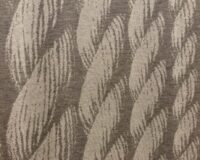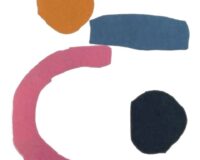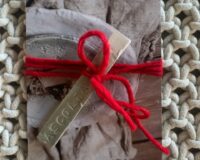…we see them with light, without them they would not exist! The resulting perception is linked to an intrinsic characteristic of light and each colour has its own angle of refraction
Taking a cue from the various books dedicated to colour (you have noticed how the topic ‘colour’ is in vogue in libraries and web) I would try to consider it ‘my way’, simplifying and considering the various theories and theses of scholars and artists, from some ‘points of view’. However, I see how difficult it is to feel free from the various innate and acquired conditionings (beautiful or ugly) when our attention is drawn by colour: objects, places, situations, mood, health, food, clothes, fashion, social, marketing, the latter in many cases acts as a tyrant.
Each of us perceives it differently and how we react can depend on various factors: sight and origin. Artists often use color to explore thoughts and feelings, their place in the world. Colours continually affect our lives, even by changing our emotions mood sensations. They stimulate aesthetic taste, redesign our relationship with society. They also intervene on time for the perceptive effect. Try staying in rooms of different colours: time accelerates or slows down depending on whether these are red or blue. The colours we choose declare who we are, what we love and how we live. We evolve and the colour is witness of our transformations and passions in an immediate impact, working at the subconscious level. We instinctively understand if we like a particular combination or not.
Remembering therefore that the sum of all the colors produces the white light, I will leave from here. I will treat each time of a different colour, the nuances the meanings, the uses the benefits, the trends and preferences, for themselves and for others in the house and outside, taking into consideration only some ideas and topics, also dictated by my experiences. I try!
It’s interesting to observe among the various theories of color psychology, the one that is based on the system of the 4 personalities, each associated with one of the 4 seasons.
The method was introduced by Susanne Caygill in the ’40s, in vogue in the ’80s through Carole Jackson, taken up in the ’90s by Angela Wrighte, now considered in the context of the ‘armocromia’. Previously the study referred to the physical characteristics of groups of individuals with in common traits of tones of skin, hair, eyes. The attention was then extended to the in-depth study of personality at the character level with reference to the colours of the season
Spring: light, warm, friendly, sociable, creative personality. She loves to surround herself with light, prefers fresh and smooth textures, round shapes and delicate patterns.
Summer: gentle personality, shy, calm, reserved, composed. She loves the classic and traditional, preferring oval or elongated shapes, natural textures and feminine, floral patterns.
Autumn: energetic, warm, enveloping personality. She loves colors and cozy spaces, prefers natural and rough textures, precise lines and solid colour.
Winter: intense, elegant, bulky personality. It’s the only season that can use pure white and black. The shapes are precise and rigid, the geometric patterns, straight lines and acute angles (season that represents me).
All seasons are linked to the various colors with the natural change
Spring: live bright on.
Summer: they fade, resulting elegant and desaturated.
Autumn: warm tones, tied to the earth.
Winter: dramatic, with a strong contrast.







